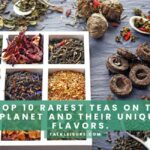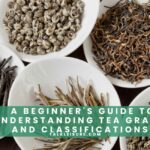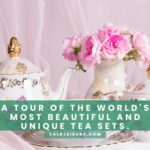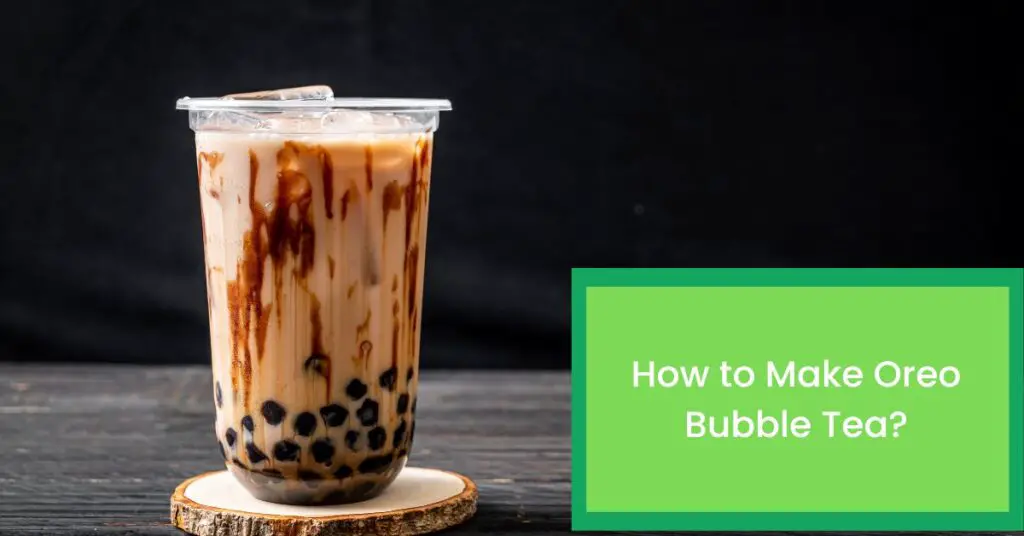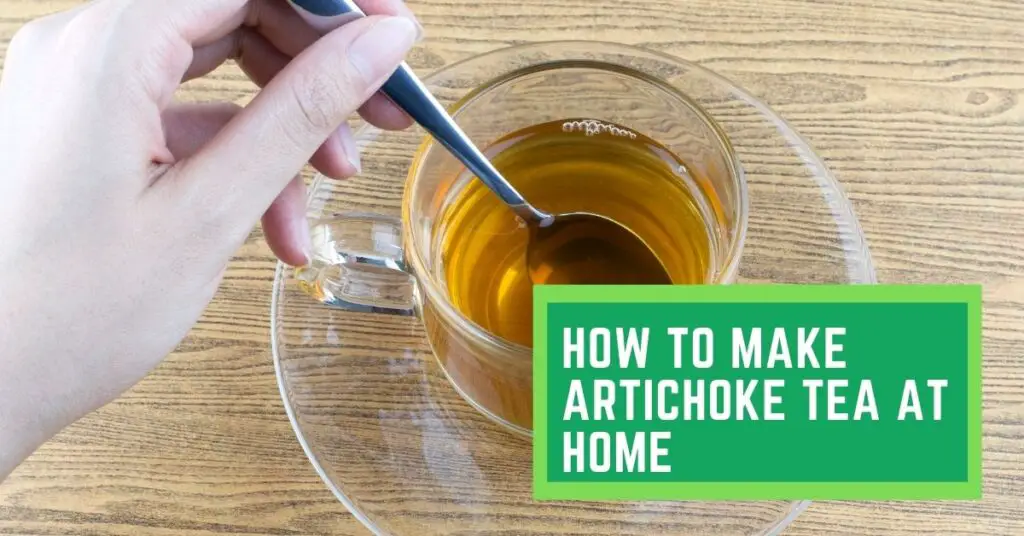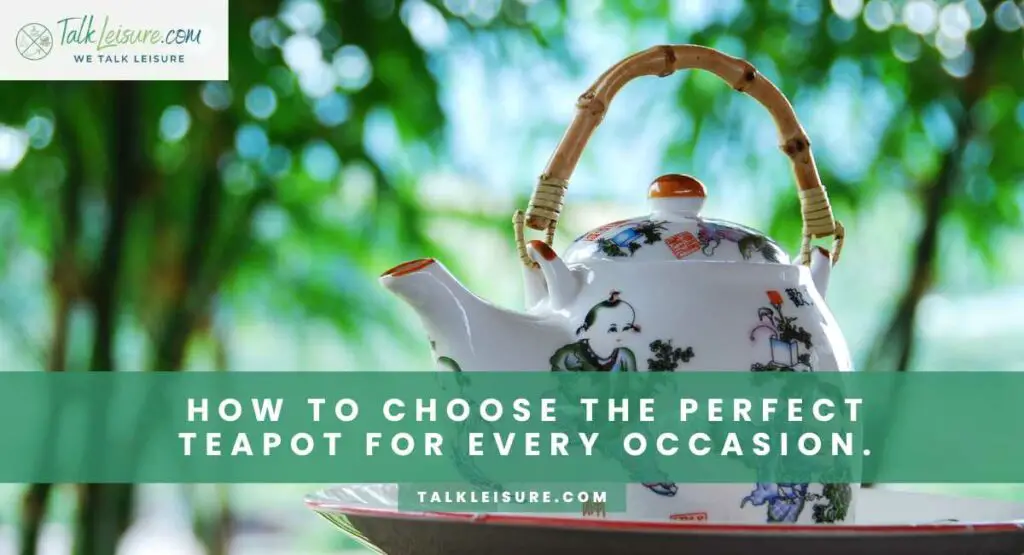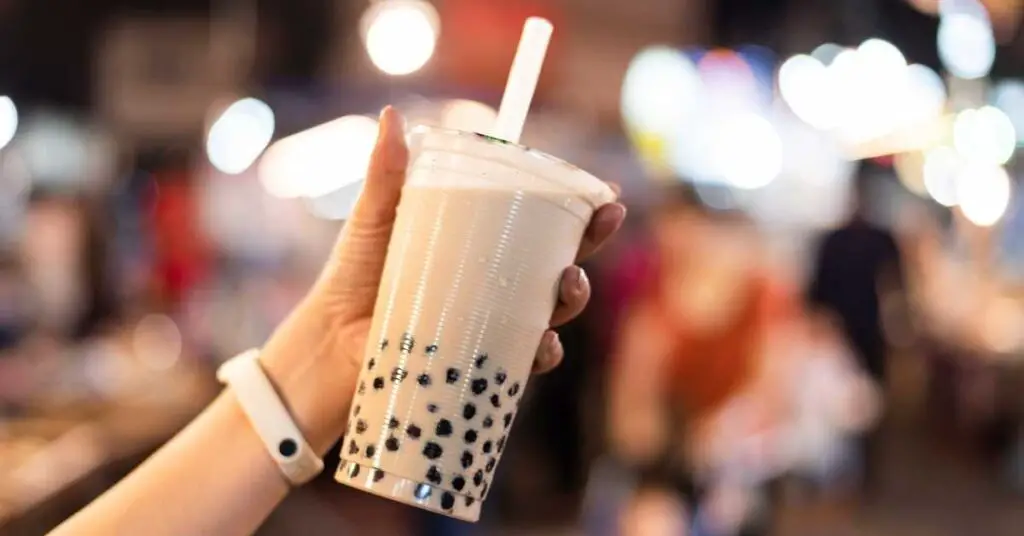Tea, often hailed as the elixir of calm, is more than just a beverage; it’s an art form. Within this vast world of tea, there exists a realm of rare and exquisite brews that command attention not only for their taste but also for the stories they carry.
These are the luxury teas, coveted for their unparalleled flavors and cherished for their legacy. Join us on a journey through misty mountains, ancient groves, and carefully tended gardens as we explore the world’s most expensive teas.
From the legendary Da Hong Pao to the delicate blossoms of Tianchi Flower Tea, each cup is a testament to the craftsmanship and dedication that define this ancient tradition.
Also read: A beginner’s guide to understanding tea grades and classifications.
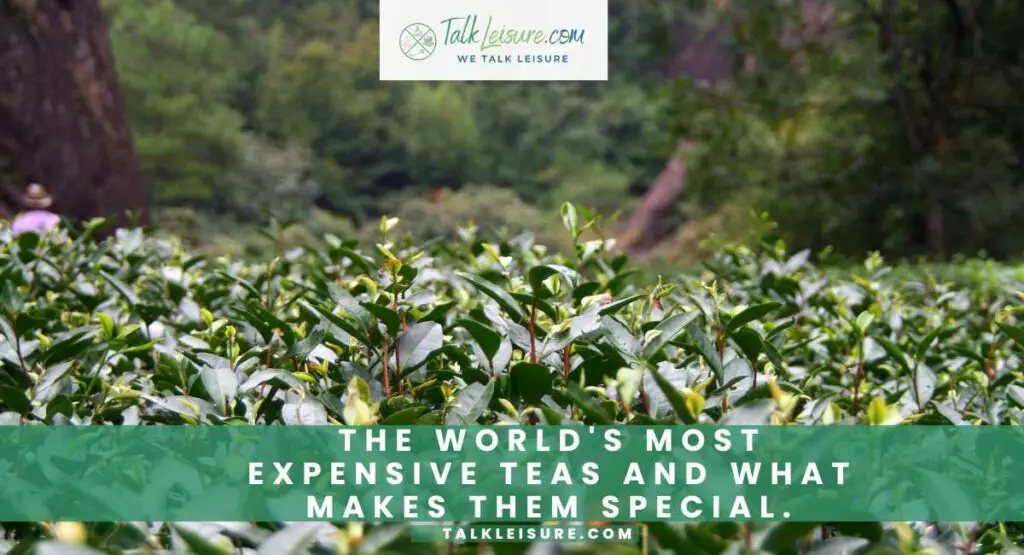
Pricing Factors: What Makes a Tea Expensive?
Ever wondered why some teas come with a hefty price tag? Let’s unveil the secrets behind the cost of luxury teas. Several factors converge to elevate these teas to a premium status.
Rarity
Rarity is a key player in the pricing game. Teas like Da Hong Pao or Silver-Tip Imperial Tea are produced in limited quantities due to specific growing conditions or ancient, guarded techniques. This scarcity naturally drives up the price.
Production Process
The artistry and meticulousness involved in crafting luxury teas significantly influence their cost. Techniques like hand-rolling, sun-withering, or specialized fermentation processes demand time and expertise, adding to the tea’s value.
Origin
The geographical origin of tea is paramount. Teas cultivated in specific regions, like the misty mountains of Taiwan or the ancient groves of Yunnan, often possess unique terroir-driven flavors that set them apart.
Aging Process
Teas like Pu’erh owe their value to aging. The patient maturation process, sometimes spanning decades, transforms the flavor profile, adding layers of complexity and richness.
Artisanal Craftsmanship
Many luxury teas are the result of generations of expertise passed down through skilled artisans. Their dedication and knowledge contribute significantly to the tea’s worth.
Understanding these factors provides a glimpse into the intricate world of luxury teas. Each cup represents not only a blend of flavors but a convergence of history, craftsmanship, and natural alchemy. These teas are not just beverages; they’re living artifacts of a tradition that spans centuries.
Also read: The mesmerizing process of hand-rolling artisanal tea leaves.
Legend of Da Hong Pao: The Red Robe Tea
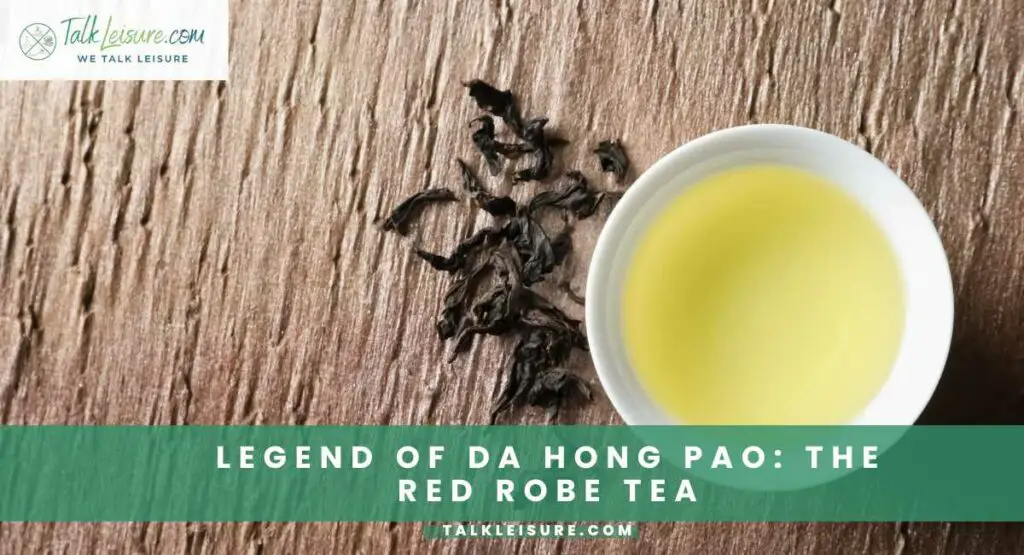
Da Hong Pao, or the “Red Robe Tea,” is a tea steeped in centuries-old legend and revered as one of the world’s most precious brews. Its story traces back to the Ming Dynasty, when a scholar, on his way to imperial examinations, was revived by a tea made from the leaves of a particular ancient tea tree in China’s Wuyi Mountains. To express his gratitude, he draped his red robe over the tea bushes, thus christening them “Da Hong Pao” or “Big Red Robe.”
What sets Da Hong Pao apart is not only this captivating origin tale but also its extreme scarcity.
The original tea bushes, believed to be more than three centuries old, produce only a minute yield each year.
This rarity, combined with its exquisite flavor profile, bestows upon Da Hong Pao an unparalleled value and allure among tea connoisseurs worldwide.
Chinese Panda Dung Tea: A Rare Delicacy
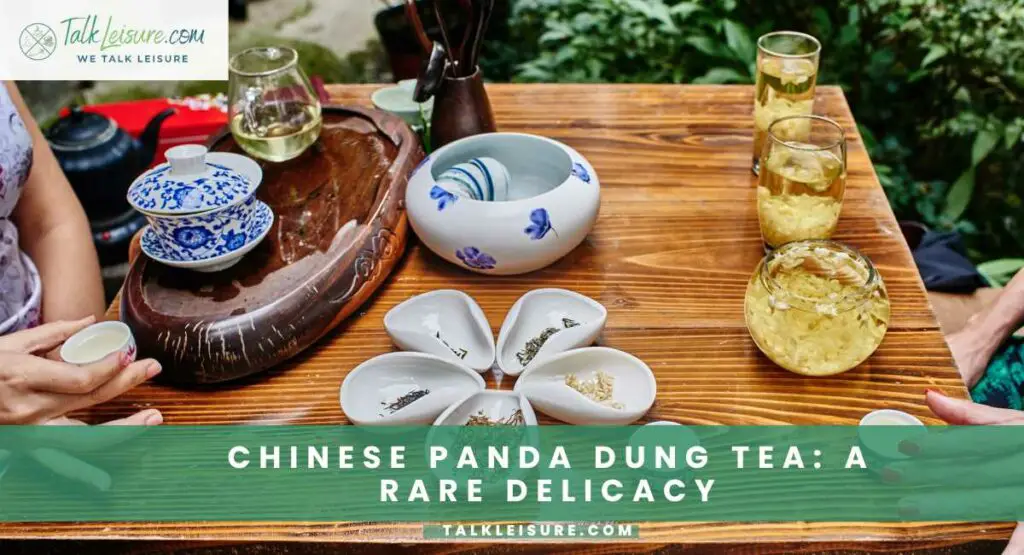
Chinese Panda Dung Tea, as the name suggests, is a truly exceptional tea. Grown in the Sichuan Province of China, this tea owes its distinct character to an unusual fertilization method: panda droppings.
Yes, you read that correctly!
The pandas, primarily herbivores, consume copious amounts of bamboo leaves. Their excrement, rich in nutrients, is collected, processed, and used to fertilize the tea plants.
This natural and sustainable approach imparts a unique flavor profile to the tea, resulting in a brew that is both rare and exquisite. The process is not only a testament to nature’s ingenuity but also showcases the innovative techniques employed by tea artisans to create something truly extraordinary.
Singapore Golden Tea Buds: The Golden Treasure of Southeast Asia
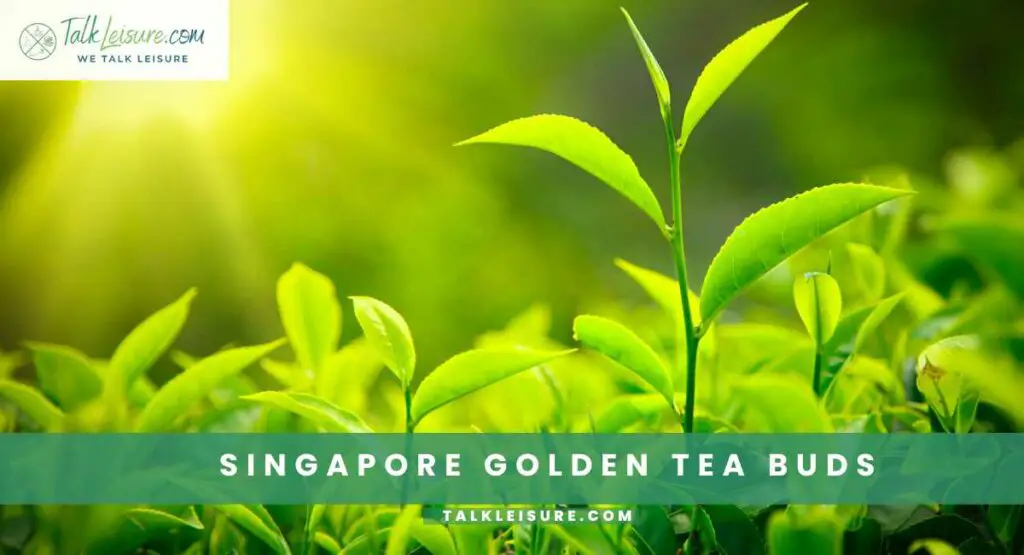
Prepare to be enchanted by the Singapore Golden Tea Buds, a tea variety that exudes opulence from the moment it unfurls in your cup. Grown in the verdant hills of Southeast Asia, each golden-hued bud is meticulously handpicked, embodying the pinnacle of tea craftsmanship.
What sets this tea apart is its limited availability; only a small quantity is harvested each year, making it a true rarity in the world of teas.
The flavor profile is equally exceptional, offering a symphony of honeyed sweetness and delicate floral notes that dance on the palate. The Singapore Golden Tea Buds are a testament to nature’s artistry and the skillful hands that nurture them, making every sip a truly golden experience.
Indian Silver-Tip Imperial Tea: Royalty in Every Sip
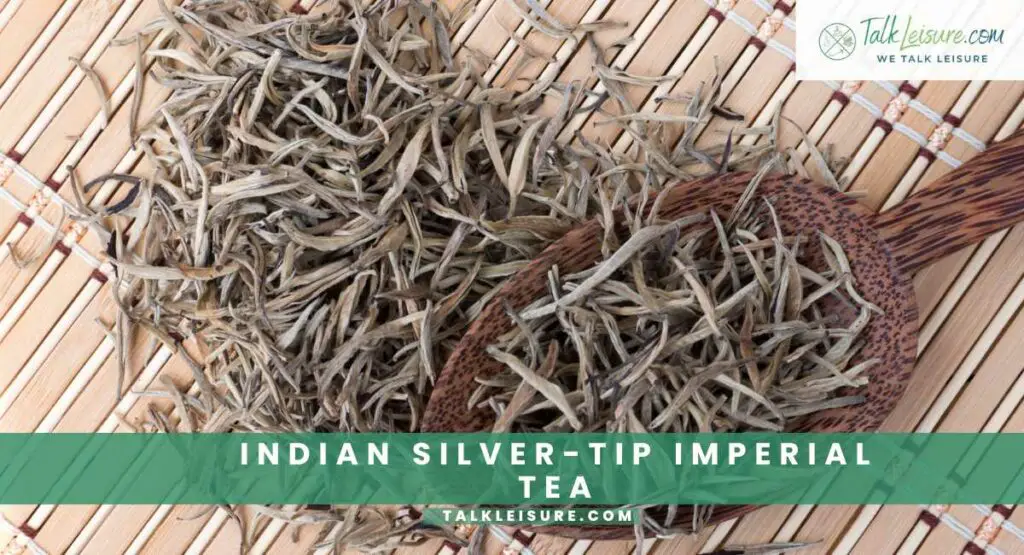
Elevate your tea experience to regal heights with the Indian Silver-Tip Imperial Tea. Cultivated in the misty estates of Darjeeling, this tea variety boasts a distinction that few others can rival. Its name is derived from the silver-tipped leaves that unfurl gracefully upon brewing, exuding an air of elegance that befits its royal status.
With its first flush harvest, this tea yields a brew that is bright and luminous, bursting with exquisite floral and fruity notes. What truly sets it apart is its unparalleled quality, making it a sought-after treasure among tea enthusiasts globally. Each sip is a sip of history and a taste of true tea mastery, making the Indian Silver-Tip Imperial Tea a crown jewel in the world of fine teas.
Chinese Narcissus Wuyi Mountain Tea: An Oolong Marvel
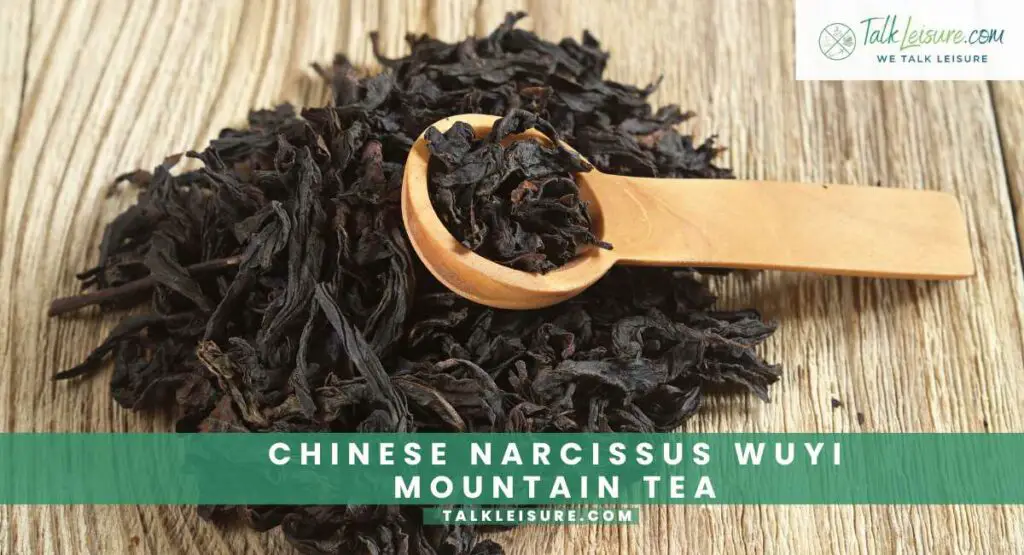
Enter the realm of tea perfection with Chinese Narcissus Wuyi Mountain Tea, an oolong variety that stands as a true marvel of the tea world. Grown in the ancient Wuyi Mountains of China, this tea undergoes a meticulous process that imparts a flavor profile unmatched in its complexity.
The leaves, carefully oxidized and semi-fermented, offer a brew that strikes a delicate balance between the boldness of black tea and the freshness of green tea.
What makes it truly special is the unique mineral-rich terroir of the Wuyi Mountains, which lends the tea a distinct rocky mineral essence.
This, combined with the artistry of tea makers, results in a brew that embodies the essence of its ancient roots. Chinese Narcissus Wuyi Mountain Tea is a testament to the mastery and tradition that defines the world of oolong teas.
Japanese Gyokuro: The Jewel of Japanese Green Teas
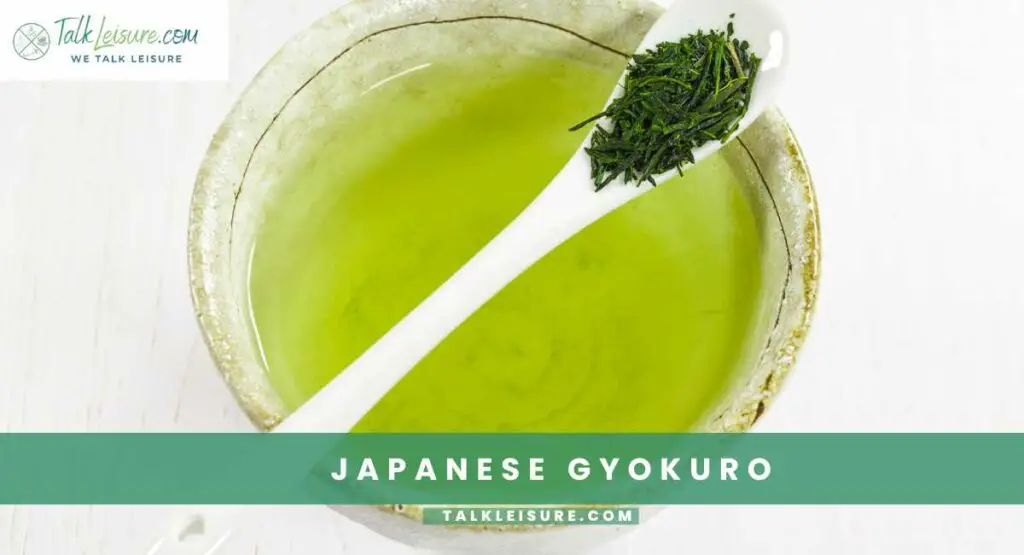
Prepare to be introduced to the crown jewel of Japanese green teas – Gyokuro. This tea has earned its reputation as a true gem among connoisseurs, and for good reason. Its history traces back to Japan’s Edo period, where it was cultivated under the careful shade of bamboo screens, resulting in a distinct flavor profile.
What truly sets Gyokuro apart is the meticulous process it undergoes. The tea bushes are shaded from the sun for around three weeks before harvest, which intensifies the chlorophyll levels and enhances the amino acid content.
This leads to a tea that boasts a rich, umami flavor with a smooth, silky texture. Gyokuro is not just a tea; it’s an embodiment of the artistry and precision that define Japanese tea culture. Each cup is a testament to centuries of tradition and a taste of true excellence.
Chinese Pu’erh Tea: Aged Elegance from Yunnan Province
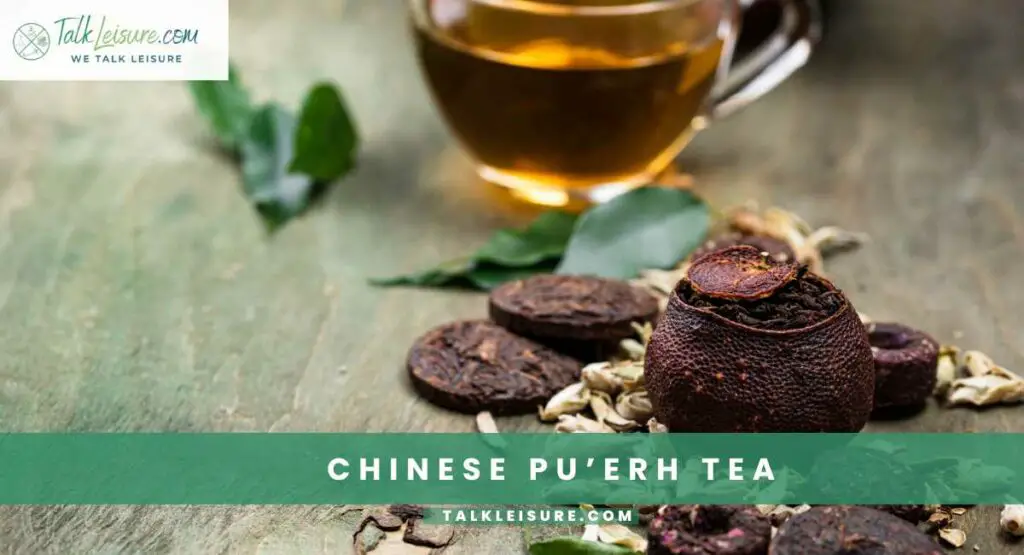
Embark on a journey to Yunnan Province, China, and discover the ageless elegance of Pu’erh Tea. This extraordinary tea variety is renowned for its distinctive fermentation and aging process, setting it apart in the world of fine teas. Harvested from ancient tea trees, the leaves undergo a meticulous production process. The tea is then carefully compressed into cakes or bricks, allowing it to mature and evolve over time.
What makes Pu’erh truly special is its ability to transform with age, developing deeper and more complex flavors.
With each infusion, Pu’erh offers a rich, earthy profile with hints of sweetness, creating a truly unique and captivating tea experience. Pu’erh is not just a tea; it’s a living testament to the artistry and patience of its makers, resulting in a brew of unmatched depth and character.
Chinese Tieguanyin Tea: The Iron Goddess of Mercy
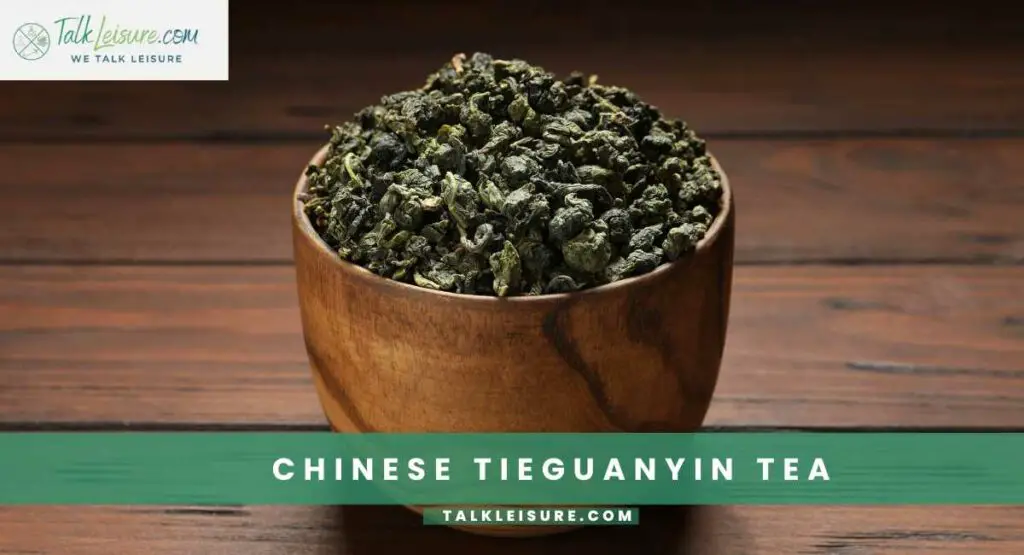
Enter the world of Chinese Tieguanyin Tea, often referred to as the “Iron Goddess of Mercy.” This tea boasts a history that dates back over three centuries, steeped in legend and tradition. Cultivated primarily in China’s Fujian Province, Tieguanyin is meticulously crafted through a semi-oxidation process, giving it a flavor profile that strikes a harmonious balance between green and black teas. What makes this tea truly special is its distinct floral aroma and the lingering aftertaste of orchids. The leaves are often tightly rolled into small, jade-like beads, adding to the visual appeal of the tea. With its delicate yet robust flavors, Tieguanyin is a tea that embodies both elegance and depth, making it a revered treasure among tea enthusiasts worldwide.
Gao Shan Tea, Taiwan: The High Mountain Experience

Venture into the mist-covered peaks of Taiwan and immerse yourself in the world of Gao Shan Tea, an experience like no other. Grown at elevations reaching staggering heights, this tea variety develops exceptional flavors owing to the pristine mountain air and rich soil. The cultivation process is a labor of love, with each leaf carefully nurtured to perfection.
What sets Gao Shan Tea apart is its nuanced flavor profile, characterized by a remarkable balance of floral and vegetal notes coupled with a creamy texture.
The high-altitude environment imparts a natural sweetness to the leaves, resulting in a brew that is both delicate and invigorating. Gao Shan Tea is an embodiment of the union between nature’s bounty and the artistry of tea makers, offering a truly transcendent tea-drinking experience.
Tianchi Flower Tea, China: Blossoms in a Cup
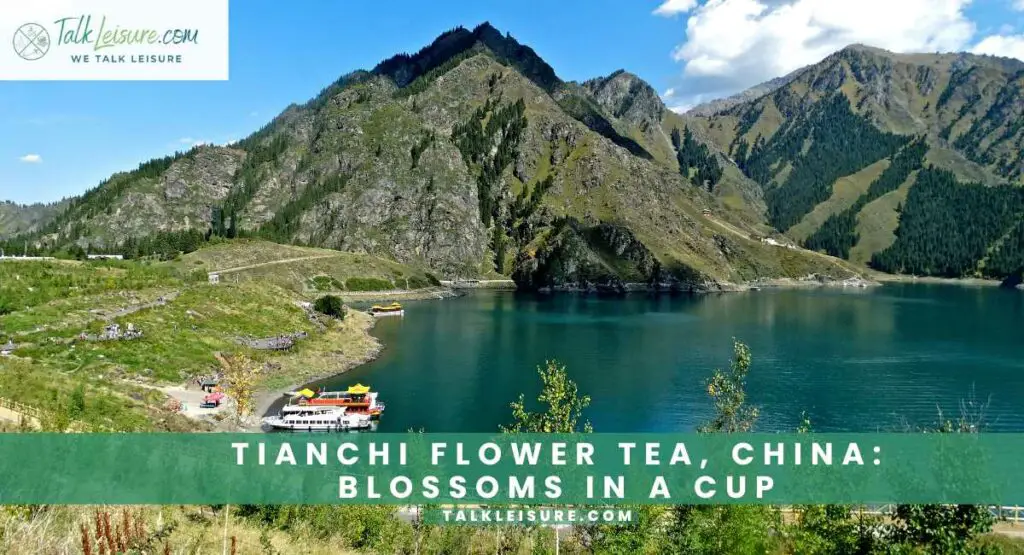
Prepare for a sensory delight as we delve into the world of Tianchi Flower Tea, a masterpiece of visual and olfactory beauty. Hailing from China, this tea is not just a beverage; it’s a work of art. Each bundle of Tianchi Flower Tea is carefully hand-tied, creating a mesmerizing display of vibrant colors and delicate blossoms. When steeped, the tea leaves unfurl, revealing a captivating floral bouquet that dances in your cup.
What truly makes Tianchi Flower Tea special is the seamless fusion of aesthetics and aroma. With each sip, you’re treated to a fragrant symphony that complements the visual spectacle.
This tea is a testament to the skill and artistry of tea makers, creating an experience that is as enchanting as it is aromatic.
Conclusion
In this odyssey through the world of luxury teas, we’ve savored the essence of history, craftsmanship, and nature in every cup. From the revered Da Hong Pao to the visually stunning Tianchi Flower Tea, each brew tells a tale of dedication and artistry.
These teas are more than mere beverages; they are treasures that bridge the gap between the past and the present. As we sip, we partake in a tradition that spans generations and continents.
So, raise your cup to the world of luxury teas, where every infusion is a journey and every sip, a celebration of the timeless allure of this ancient elixir. Cheers to the tea connoisseurs and artisans who keep this legacy alive.
Frequently Asked Qusetions
- Why is oolong tea so expensive?
Oolong tea is expensive due to its intricate production process. It undergoes partial oxidation, which demands precise timing and expertise. Additionally, oolong is often hand-picked from specific high-altitude regions, further increasing its cost. The labor-intensive nature, coupled with the limited yield from these carefully tended tea bushes, contributes to oolong’s premium price tag.
- What is the most loved tea in the world?
The most loved tea in the world is subjective and can vary depending on personal preferences and cultural influences. However, in terms of popularity and widespread consumption, black tea is often considered one of the most loved teas globally. Varieties like Assam, Earl Grey, and English Breakfast are widely enjoyed in many countries. Green tea, especially in East Asia, is also highly cherished. Ultimately, the “most loved” tea is a matter of individual taste, and different types of tea hold special places in the hearts of tea enthusiasts worldwide.
- Which country is number 1 in tea?
China is the number one producer and consumer of tea in the world. It has a rich history of tea cultivation and is renowned for producing a wide variety of teas, including green, black, oolong, white, and Pu-erh teas. India is the second-largest tea producer globally, known for its strong Assam and Darjeeling teas. Together, China and India dominate the global tea market, with other countries like Kenya, Sri Lanka, and Japan also playing significant roles in tea production.




